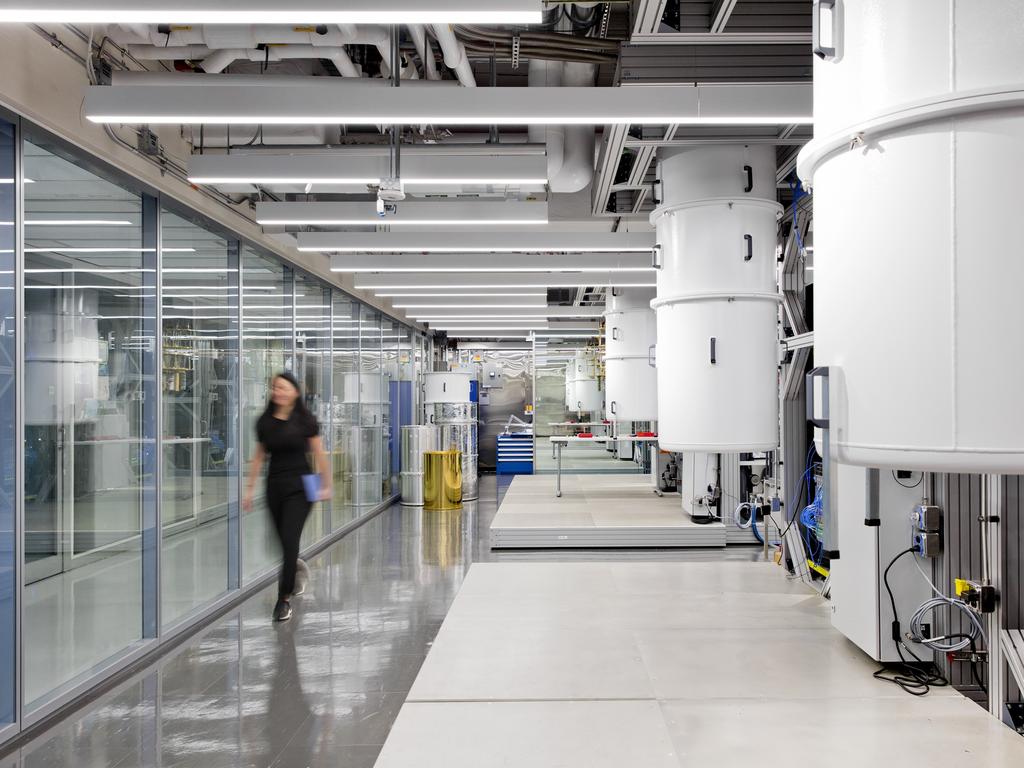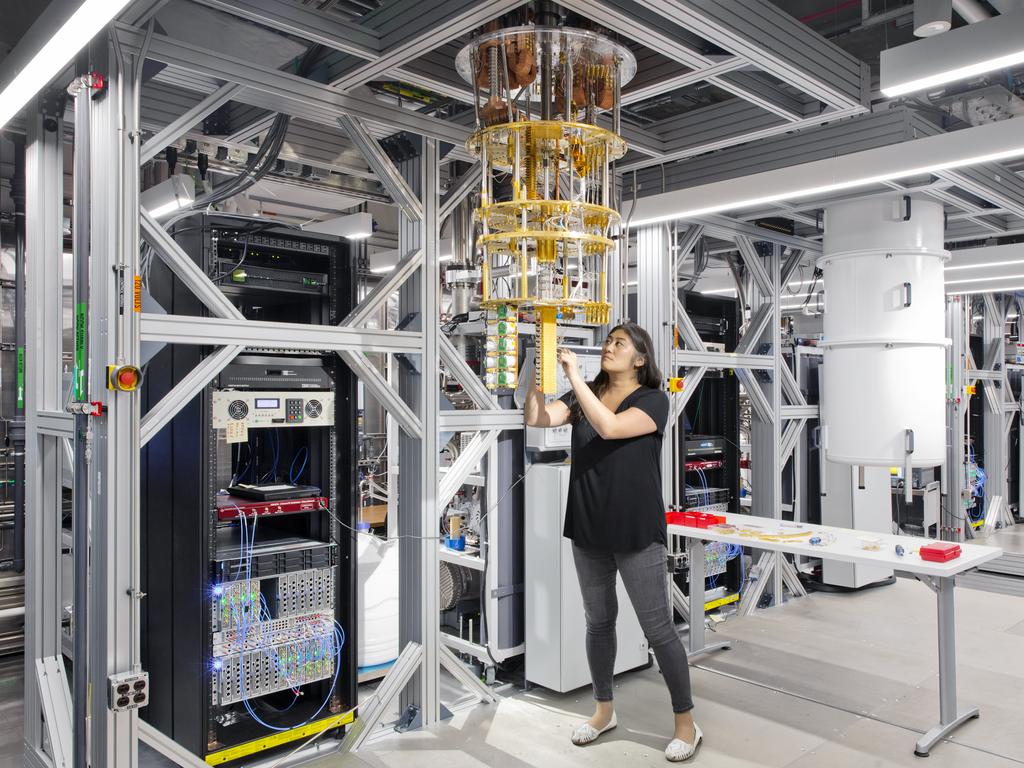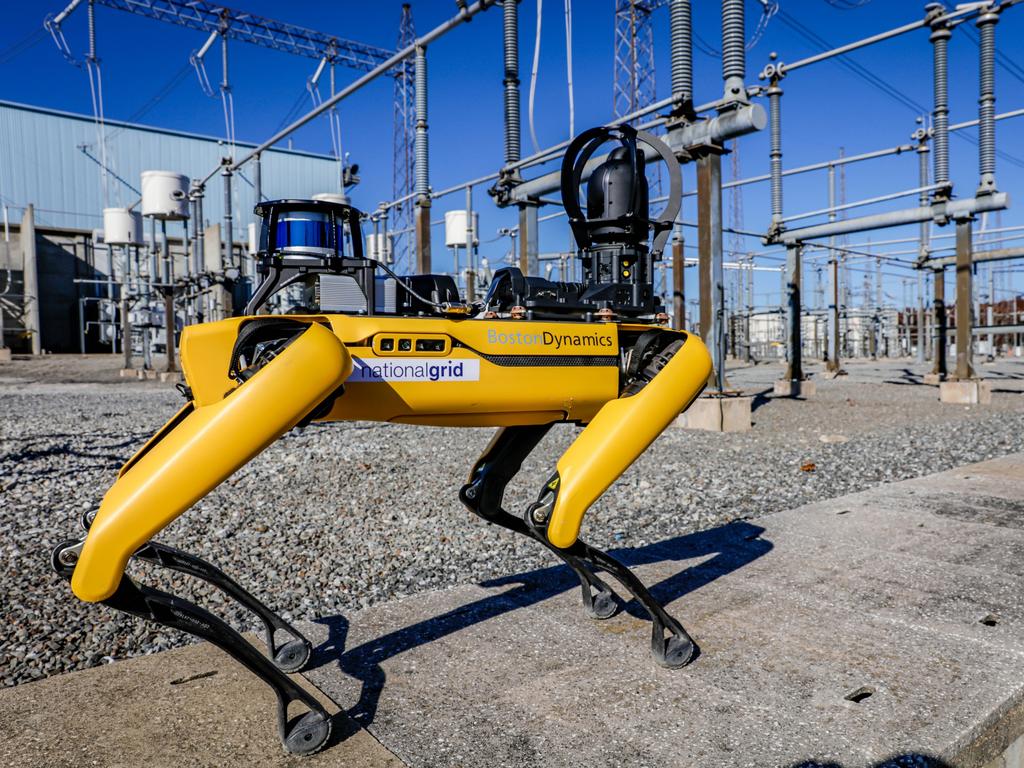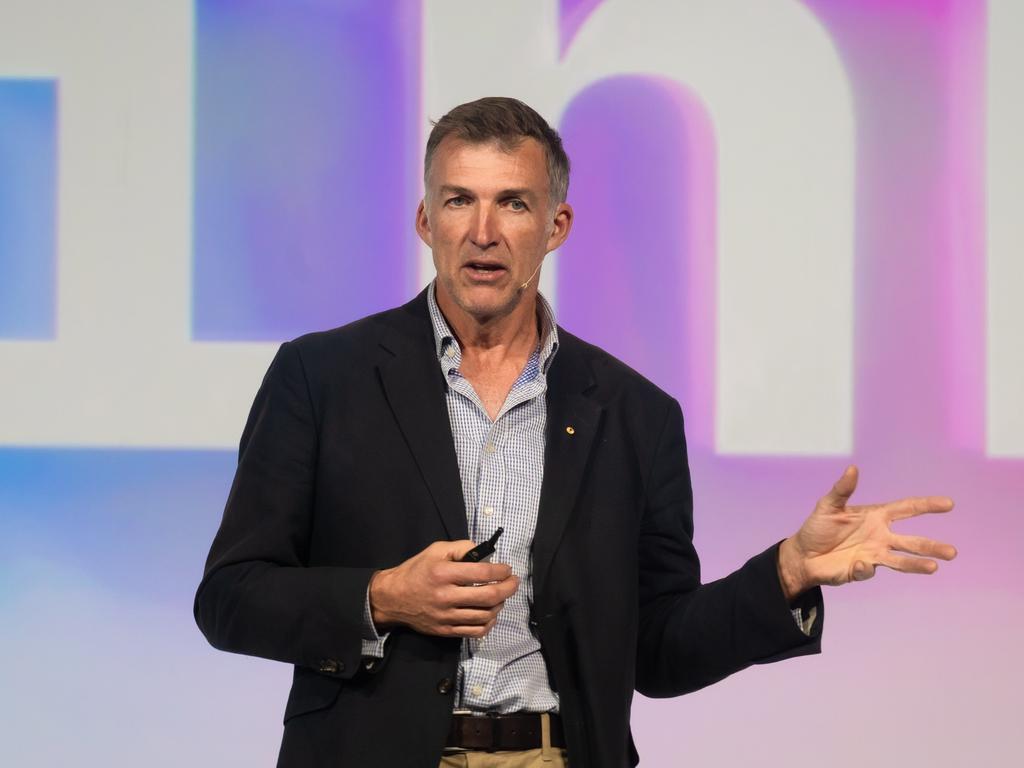How big tech might just save the world
At the absolute forefront of new discoveries, computer scientists are working on new technology that could provide answers to some of the biggest problems humanity faces right now.
What a mess we’re in. The planet is cooking, the seas are rising and acidifying, extreme weather is becoming an entrenched norm, animal viruses are jumping over to humans with unnerving frequency, and words like ‘summer’ and ‘winter’ no longer seem to carry the brand guarantees they did during our childhoods.
Any one of these problems would be bad. But we’re facing everything, everywhere, all at once. It’s the Hydra of Greek mythology: chop off one head and two grow in its place. We might obsess over adapting to sea level rise, for example, and spend billions in the process, only to find out that slowing ocean currents, or more powerful storms, or extreme heatwaves, turns out to be the thing, the particular problem that really does us over.
All of this is already having a profound effect on human behaviour and mental health.
When the Australian Conservation Foundation surveyed young Australian women in 2019, nearly one in three said they were hesitant to have children because of climate change.
A global study from the University of Bath in 2021 found three in four young people were frightened about the future, and one in two believe they will have fewer opportunities than their parents. The study found an interesting correlation: the greater a country’s intransigence on climate, the more anxiety its young people felt.

The grim truth is there are solid reasons to be anxious. While negotiations on cuts to global greenhouse gas emissions proceed with agonising slowness, the emissions themselves are racing ahead. The latest International Energy Association report showed we pumped 36.6 billion tonnes of carbon dioxide into the atmosphere in 2021: a new world record, yay.
Last year also set records for sea-level rise, ocean heat and ocean acidification, according to the World Meteorological Association.
So what is the answer to this mess?
Enter Big Tech.
The promise of quantum
First of all, let’s admit the tech sector’s historical reputation on sustainability issues has been pretty lousy. Data centres are voracious consumers of power. Tech products have been mass-produced with precious little regard for life-cycle considerations, and frequently designed to become obsolete. E-waste is a massive and growing problem. The mining for the rare earth minerals used in our devices creates a myriad of environmental problems.
And yet, at the very pointy end of new advances, the rarefied world of quantum computing, there is hope that humanity may yet get out of this mess, and solve – or at least mitigate – this diabolical problem of climate change.

In the IBM laboratories in New York State, just north of Manhattan, research continues on translating the insights from quantum physics – the discovery that subatomic particles behave in ways that can be completely contrary to the laws of Newtonian physics – into vastly more powerful computers. This body of knowledge is so abstract and so technical, in the words of Dr Scott Crowder, Vice President of IBM Quantum Adoption, “the number of people globally who really understand it is in the thousands”.
What the layperson can (just about) understand is that the bits which power classical computers hold values that can either be zero or one, whereas the qubits (quantum bits) that power quantum computers can be both zero and one at the same time. This basic difference enables quantum machines to have vastly more computing power than their classical counterparts. A quantum processor could take a few hours to solve a chemistry problem that would take a classical computer the better part of a year to work out.


And the more qubits, the exponentially greater the processing power.
Later this year, IBM will unveil a 433-qubit processor, IBM Osprey, followed by IBM Condor in 2023, powered by 1000 qubits, and IBM Kookaburra in 2025, powered by 4000.
The bird theme was chosen “because quantum is like taking flight,” said Jerry Chow, manager of IBM’s Experimental Quantum Computing group. And naming the 2025 supercomputer after the merry merry king of the Australian bush? That can be traced back to the company’s vice president of Quantum Computing, Jay Gambetta, who grew up on the Gold Coast.
Game-changing implications
The thing is: the birds can’t fly just yet. Practical and commercial quantum computers are not too far off, but they’re not quite ready for real-world problems (they didn’t help in the race to develop Covid-19 vaccines, for example). And in the case of the machines IBM is building, the qubit chips are extraordinarily delicate, operating in opaque, airless refrigerators that have to be kept at just a fraction above absolute zero in order for them to function.
But once quantum computers come online, it is anticipated the pace of scientific discovery will take a massive leap, with game-changing implications across many industries.
In the energy and climate space, quantum computers should enable us to design better batteries, create low-emissions cement, and develop cheaper and more efficient ways to produce hydrogen and ammonia, the fuels of a zero-emission future.

Australian mining magnate turned global energy entrepreneur Andrew ‘Twiggy’ Forrest is one of the first business leaders to see the potential of quantum computing.
His company Fortescue Future Industries recently signed an agreement with another company working in this space, PsiQuantum, to develop solutions in green hydrogen production (that is, hydrogen created using zero-emissions energy). The goal is to massively improve the efficiency of the process, making it cheaper, and therefore competitive against other energy sources.
PsiQuantum’s technology could be a “leading light” for green hydrogen, Dr Forrest said, and being a “first mover in green tech” would “help make it happen.”
PsiQuantum CEO Jeremy O’Brien said using quantum computers to accelerate green hydrogen production could “potentially take years off the path to net zero – helping the world to get back onto the target 1.5°C trajectory”.


For Dr Hendrik Hamann, Chief Climate Scientist at IBM Research, one of the most tantalising prospects of quantum computing is that it might help us find a way to perfect the process of removing carbon dioxide directly from the atmosphere, potentially winding back global warming.
“It’s a huge challenge,” he said. “Carbon dioxide is about 0.04 per cent of the air, so there’s not a whole lot of it, but it’s still way too much. And carbon dioxide and nitrogen are almost the same size, so you have to have some filtering. You need to find a way to absorb it into a liquid, and transport it, and then you’ve got to store it.”
Filtering the air will require the creation of a polymer membrane which lets carbon dioxide through but which rejects all other elements. But how to create such a membrane, with the particular properties needed for this critical task? The range of different possible molecular structures is “practically infinite,” Dr Hamann said – beyond the reach of a human mind or a classical computer – but potentially a cinch for a quantum machine.
“We’re selling hope,” was how another member of the IBM team put it.
The future is now
Quantum computers might one day be the climate game-changer, but IBM’s other tech is winning other, smaller battles along the way. Applications such as the Australian-developed Envizi are helping corporations track and then drive down their own greenhouse gas emissions, while the company’s work in artificial intelligence is already creating efficiencies in an astonishing range of industries, from aviation and agriculture to education, energy, media and manufacturing.

On the “way cool” side of their work, IBM is partnering with robotics firm Boston Dynamics on their mechanical quadruped ‘Spot’. The battery-powered robotic dog may be slightly unnerving to anybody familiar with the TV show Black Mirror, but Spot is already becoming an ideal employee for energy companies worldwide, with a vast array of programmable skills, including the ability to detect efficiency errors in machinery through variations in sound signature alone (how’s that for being a good boy?). There are some 800 versions of Spot already at work in the world today, and more are on their way.
Will Spot, AI and quantum help defeat the Hydra, solve the climate crisis and save the world? For many, the question is already redundant.

Adelaide-based Antarctic adventurer and environmentalist Tim Jarvis put it best when he addressed the IBM’s recent Think talkfest in Sydney.
“The information and communications technology industry is critical in the fight against climate change,” he said. “Without you we cannot do it.”
Asked whether he was confident big tech could help solve climate change, Mr Jarvis said “many of the solutions we need, just need to be scaled to get us there”. And for those solutions that don’t yet exist, he was confident the tech sector would in time develop them.
“So at one level I feel very optimistic,” he said.
David Mills visited the IBM laboratories in New York as a guest of IBM.




